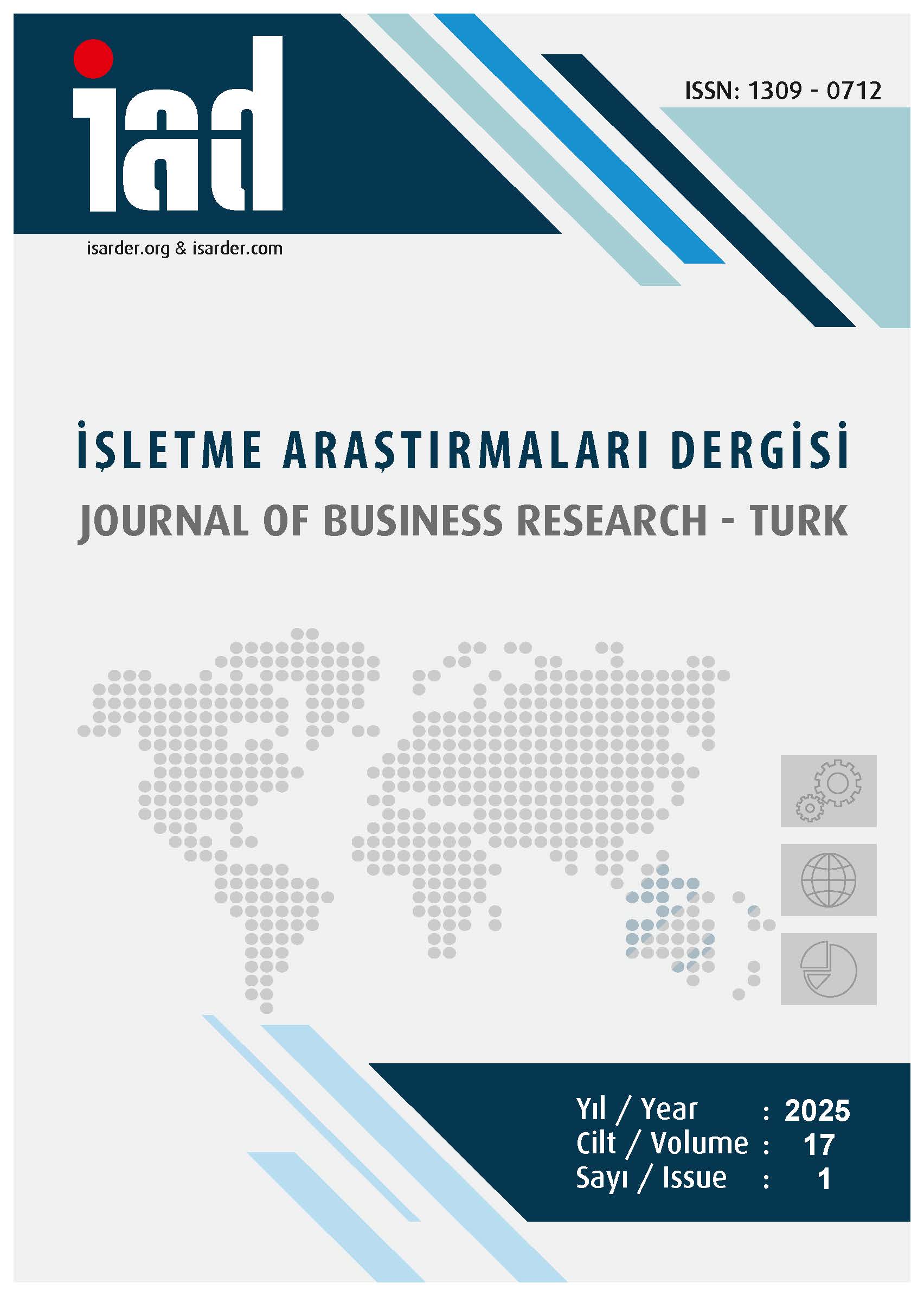The Impact of Digital Banking Applications on the Profitability of Banks: An Application on The Banking Sector
DOI:
https://doi.org/10.20491/isarder.2025.1967Keywords:
Banking Sector, Digital BankingAbstract
Purpose – The purpose of this study is to investigate the impact of digital banking applications on the profitability of banks in the Turkish Banking Sector. Design/methodology/approach – In this study, regression analysis and Principal Component Analysis (PCA) were used as methods. Return on Equity (ROE) and Return on Assets (ROA) were determined as dependent variables, while the number of ATMs, the number of POS devices, the number of deposit accounts, and the number of member merchants were used as indicators of digital banking. The sector-level data covers 13 periods from 2010 to 2022. The interest rate was also added to the model as a control variable. Findings – It was determined that digital banking applications have a significant and positive impact on both Return on Assets (ROA) and Return on Equity (ROE). This also indicates that the digital banking components obtained through PCA play a significant role in the financial performance indicators of banks. Additionally, the interest rate added to the model as a control variable has a positive and significant effect on Return on Assets (ROA), while no statistically significant effect was found on Return on Equity (ROE). This indicates that the impact of interest rates may vary depending on the model and the dependent variable. Discussion – The results of the study reveal a statistically significant and positive relationship between digital banking applications and the profitability of the banking sector. Digital banking applications enhance the profitability of the banking sector. In this context, it is important for banks to prioritize digitalization and invest in this area for their profitability.
Downloads
Published
How to Cite
Issue
Section
License

This work is licensed under a Creative Commons Attribution-NoDerivatives 4.0 International License.





